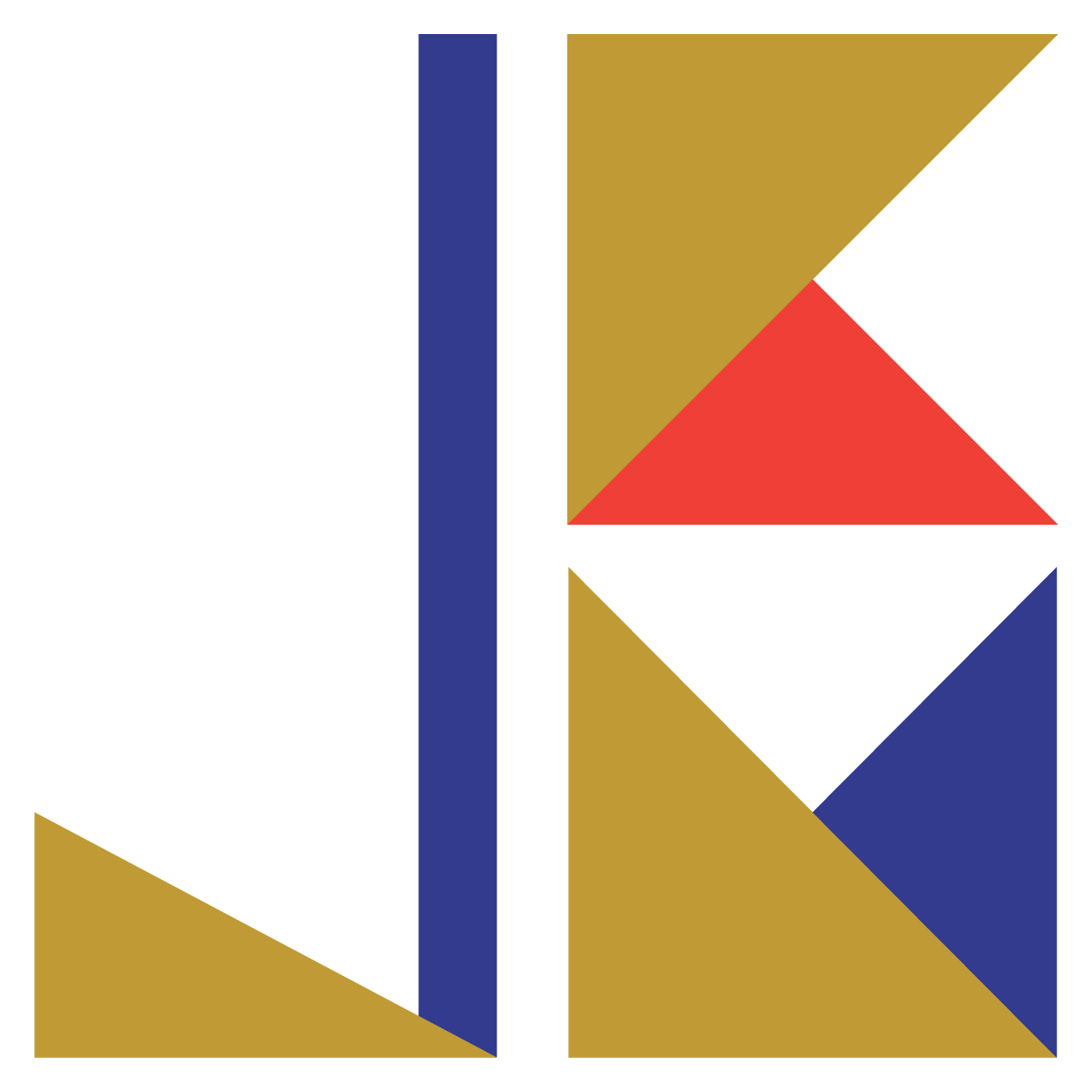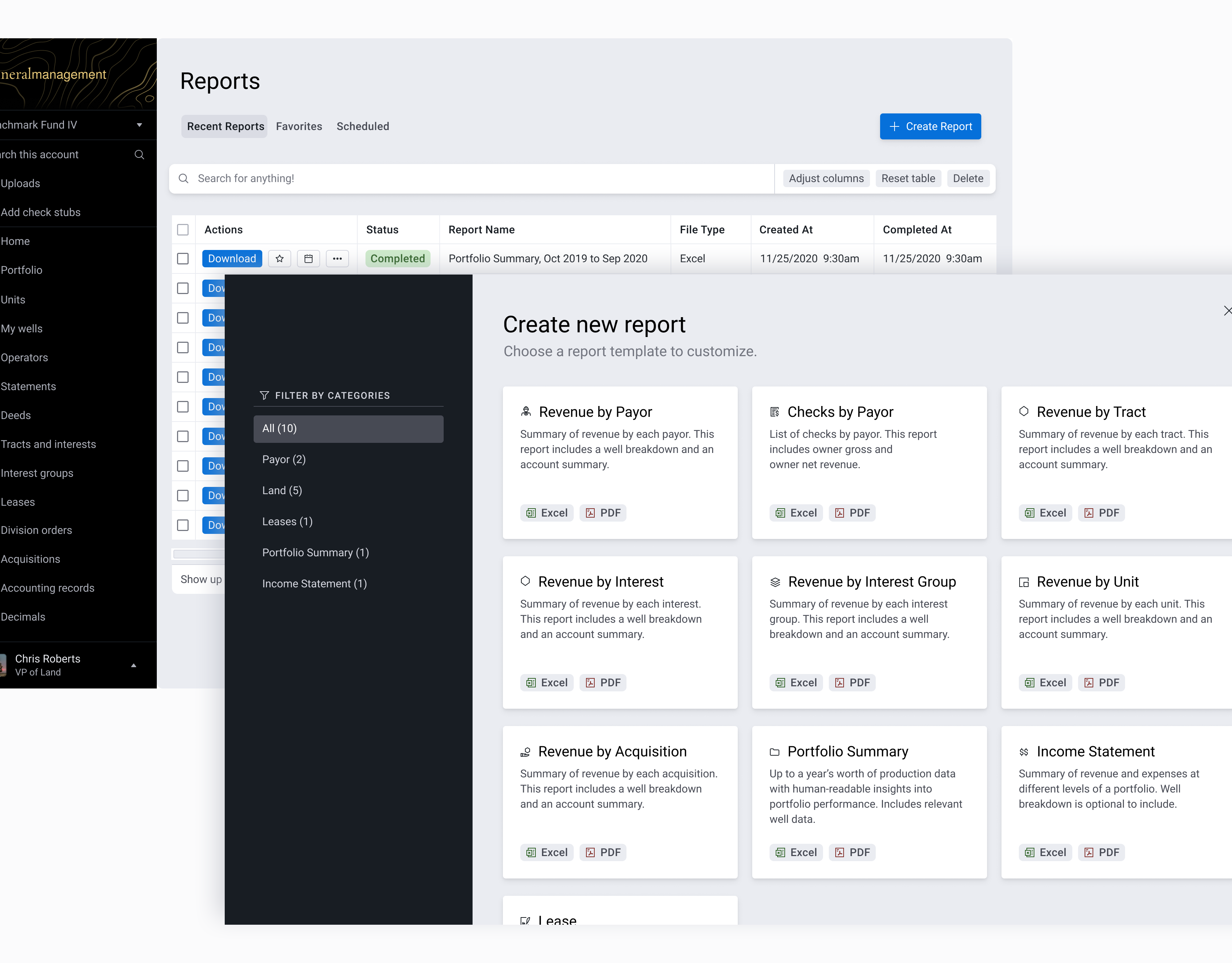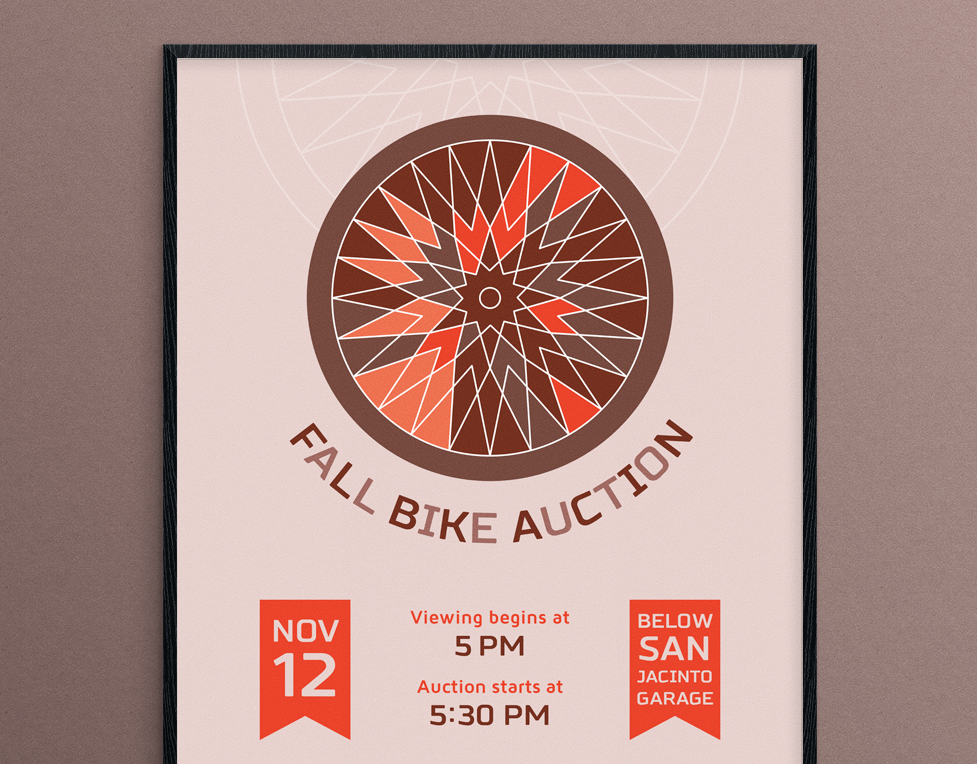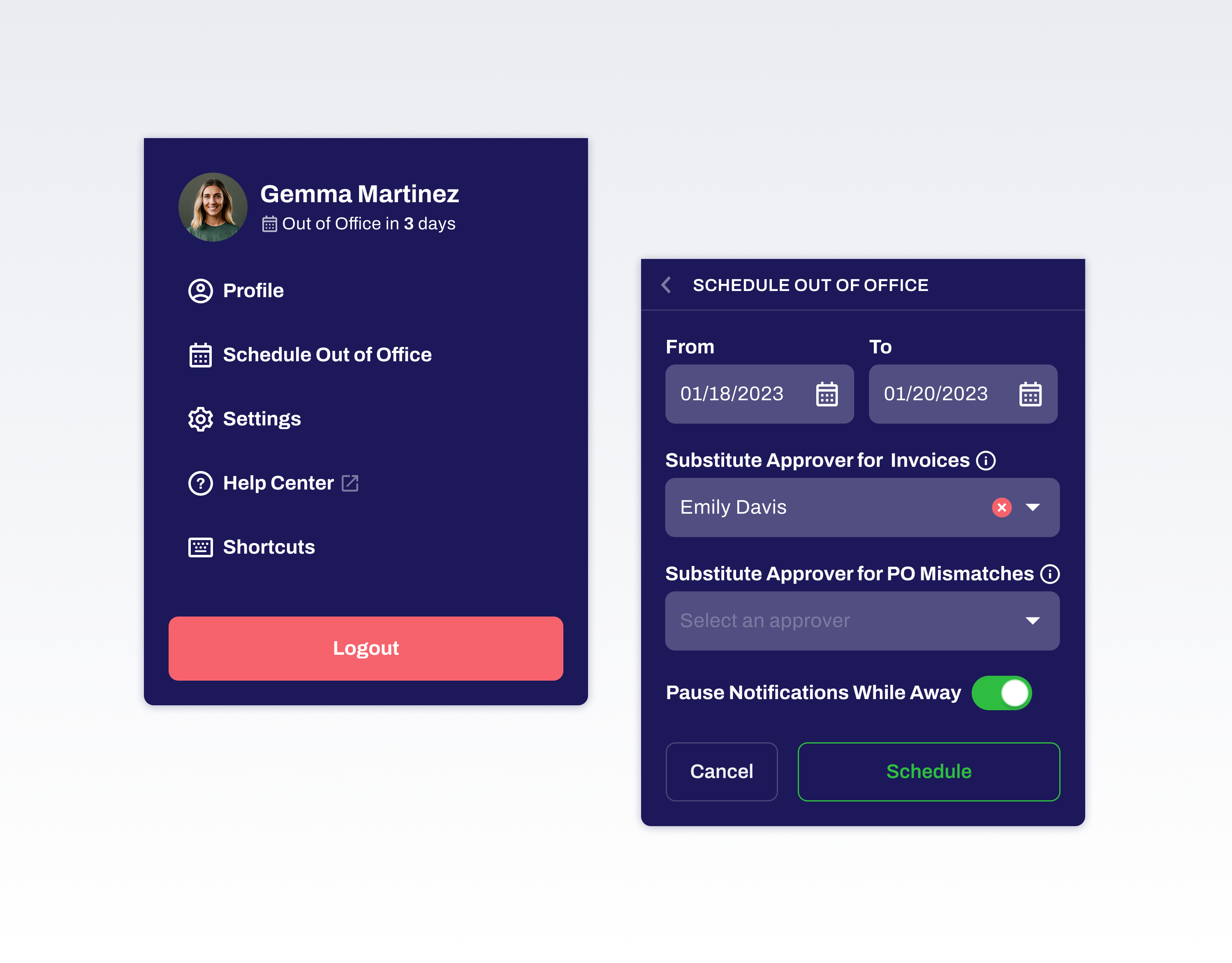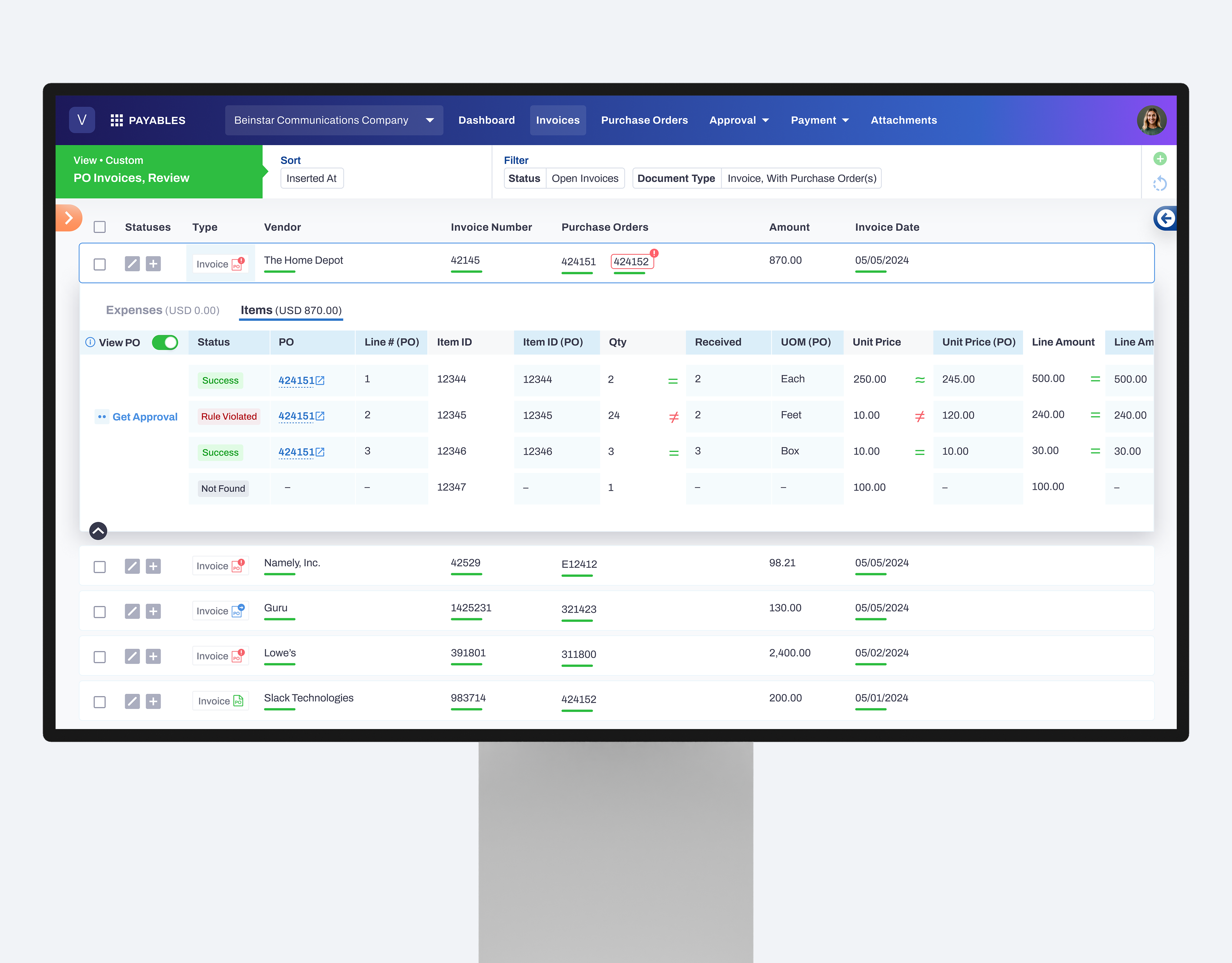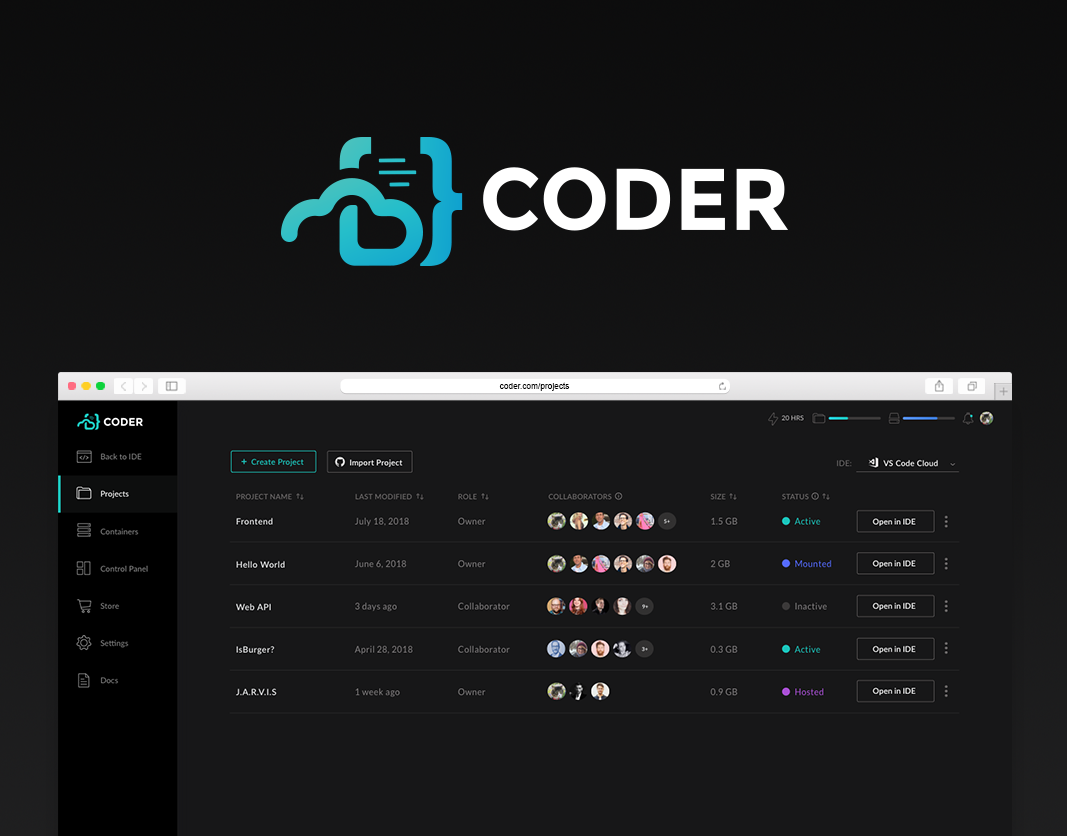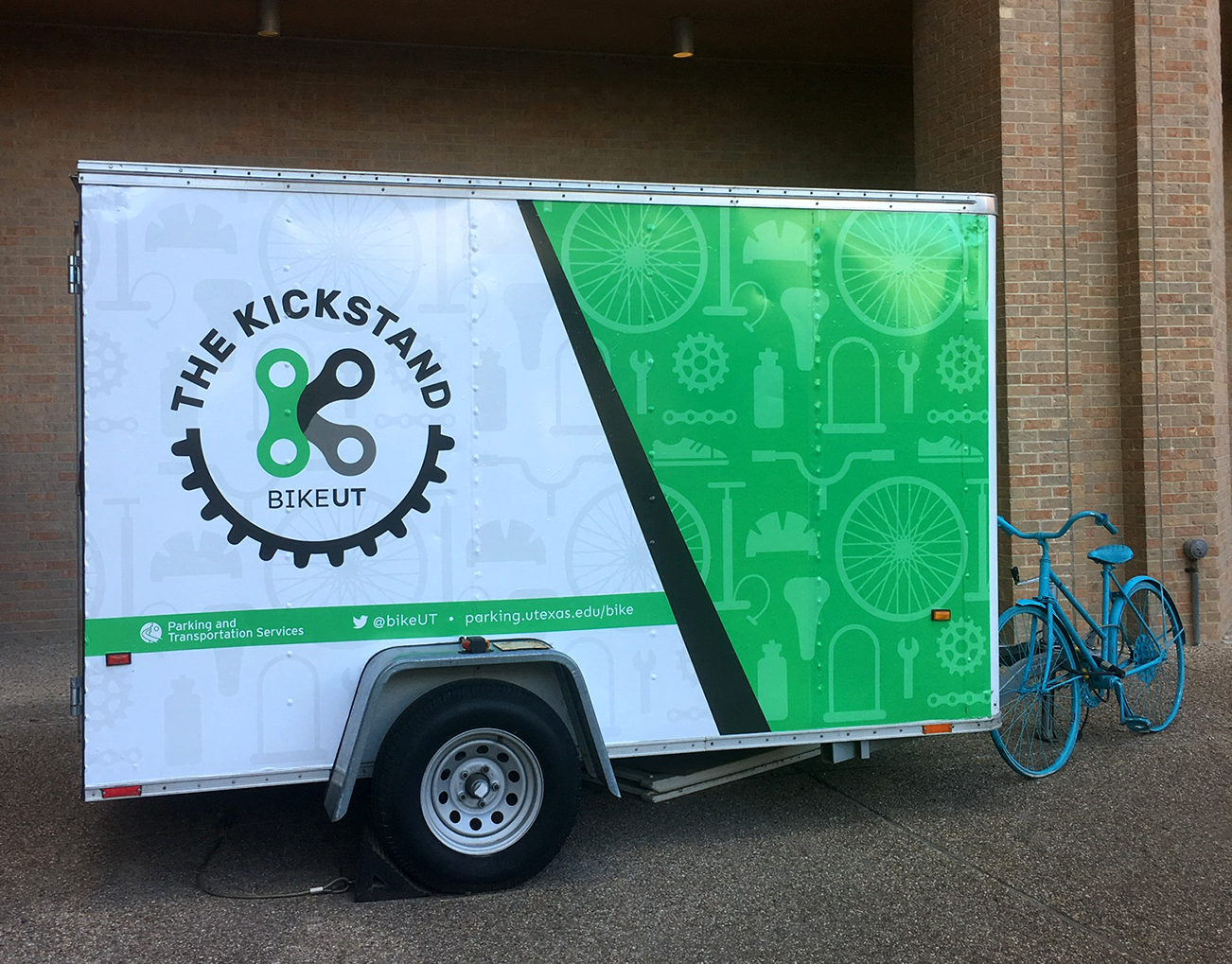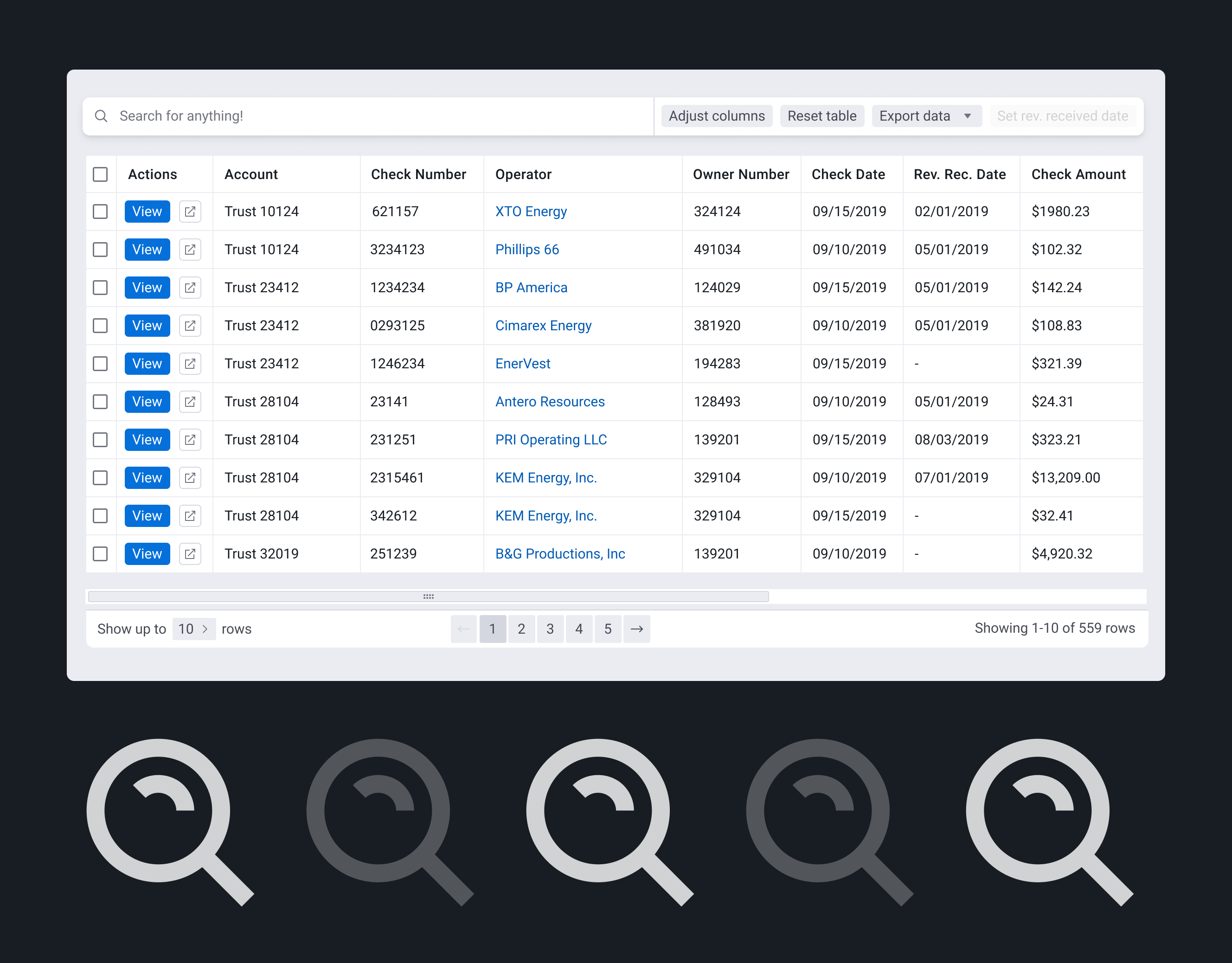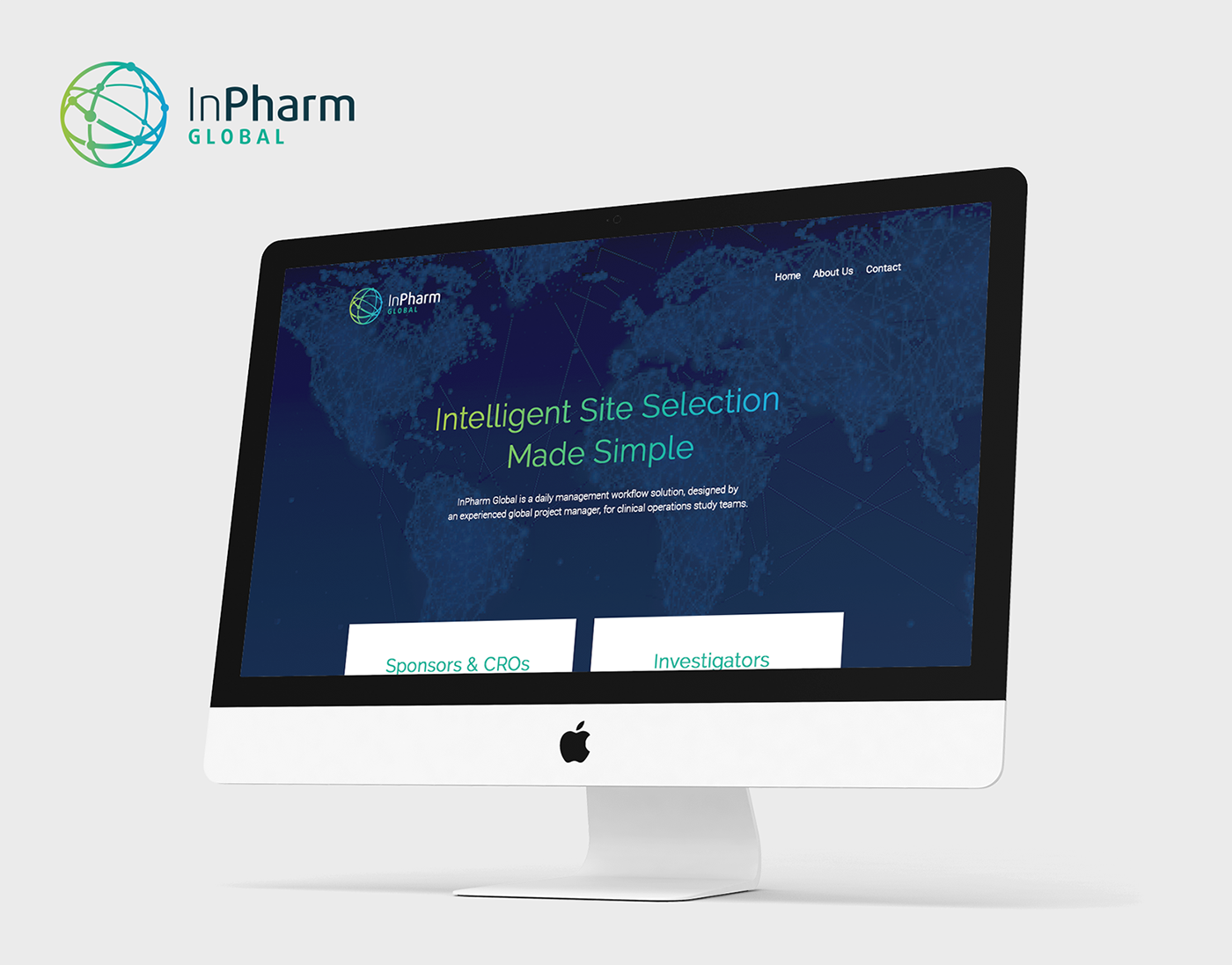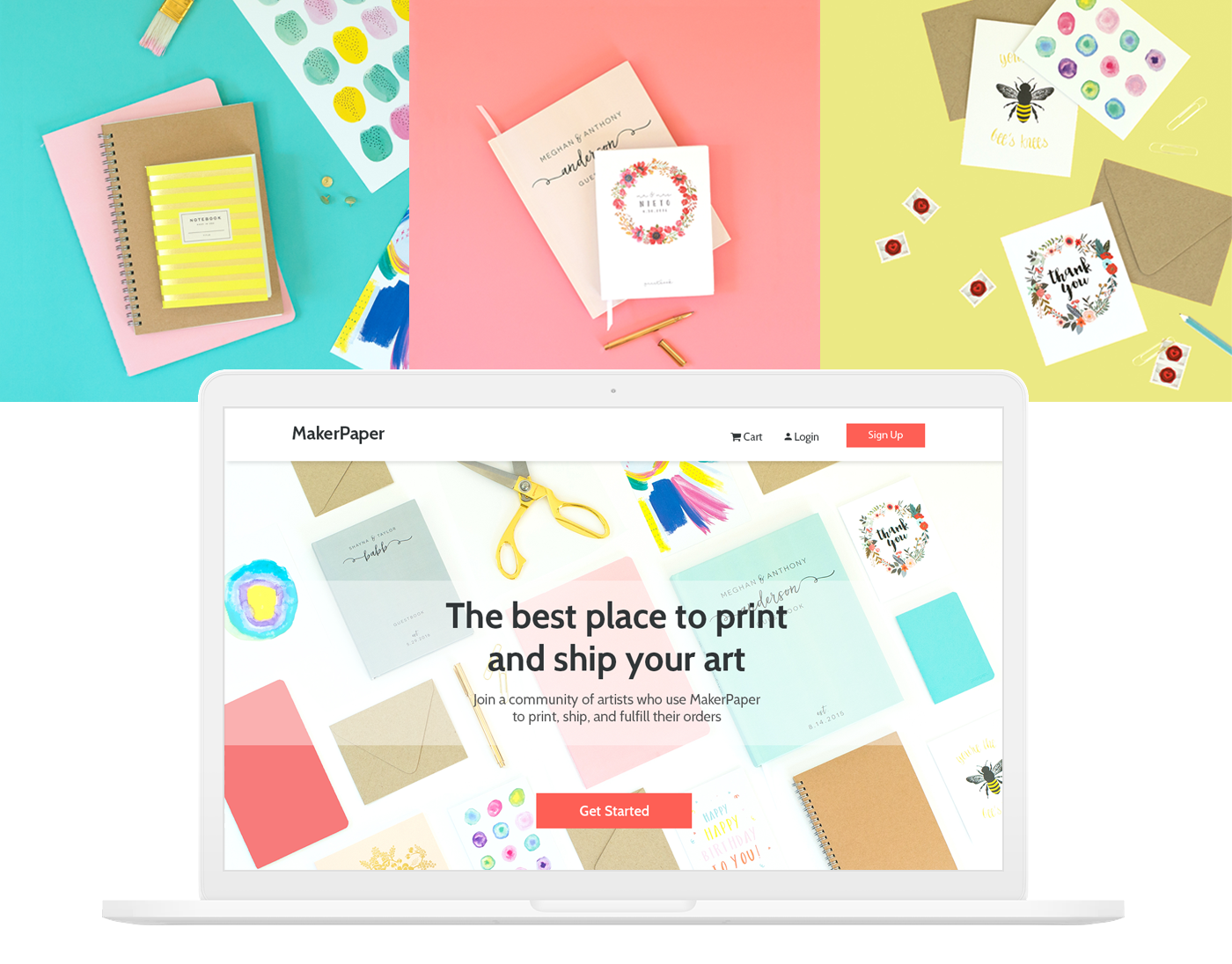Project type: Design collaboration with an aspiring founder
Project length: 4 months
My role: Product Designer
Collaborators: CEO of a recruitment firm, lead recruiter, senior product leader
Project length: 4 months
My role: Product Designer
Collaborators: CEO of a recruitment firm, lead recruiter, senior product leader
In 2021, I had an opportunity to partner with the CEO of a successful tech recruitment firm to explore a new platform aimed at streamlining interviews and improving hiring decisions. His wife, a lead recruiter with experience at companies like Meta, played a key role in shaping the vision. She brought deep expertise in fair and effective hiring practices, and we collaborated closely to design a prototype that would replace her fragmented workflow—currently reliant on multiple disconnected apps.
Identifying Key Hiring Challenges
Early on through research and discussion, we identified several major pain points hiring managers faced:
• Defining the right qualifications for a role
• Writing effective job postings
• Structuring the interview process
• Evaluating candidates objectively
• Comparing candidates fairly
• Tracking interview progress and feedback
By shadowing the lead recruiter throughout her hiring process, I gained firsthand insight into her challenges and developed a deeper empathy for the complexities of recruitment. Our goal was to create a structured system that would help hiring managers think critically about the impact of a role, define necessary qualifications, and assess candidates objectively throughout the interview process.
Designing a smarter hiring workflow
We developed a structured approach to interview planning and evaluation:
1. Start with business impact: Define what success looks like for the role in both the short and long term.
2. List required skills and qualifications: Categorize them as essential vs. nice-to-have, covering experience, expertise, soft skills, and cultural fit.
3. Map qualifications to interview stages: Ensure each qualification can be objectively assessed at the right stage.
4. Assign interviewers strategically: Prevent bias by ensuring independent evaluation.
5. Use structured scoring: Interviewers take notes on key signals and assign scores based on predefined criteria.
6. Enable fair candidate comparisons: A final score breakdown helps hiring managers compare candidates based on both essential and nice-to-have qualifications.
User flow for creating a job
Hiring Manager: Creating a job
Hiring Manager: Building the interview process
User flow for conducting an interview
Interviewer: Submitting an assessment
After building an initial prototype, we continued refining it with the help of a senior product leader, focusing on differentiation from existing hiring tools. One of our key innovations was integrating job templates to make it easy to create "jobs" and connect companies with interview experts, helping teams build structured, repeatable hiring processes.
Connecting to expert interviewers
Testing Market Demand
In parallel to designing a prototype, we surveyed HR leaders at small companies to validate the idea. While we hoped the biggest challenges would be building structured interviews or evaluating candidates, the overwhelming response pointed to a different pain point—attracting the right talent in the first place.
Given the already saturated market and high costs of building an MVP, we determined that the opportunity wasn’t strong enough to move forward. Many companies had established processes or were locked into contracts with larger HR platforms, making adoption challenging.
Final Thoughts
While the product didn’t move forward, the experience was invaluable. I gained deeper insights into hiring challenges, collaborated closely with industry experts, and tackled real-world problems through design. This project reinforced the importance of early market validation and demonstrated how structured UX thinking can bring clarity to complex workflows.
One key takeaway was the critical need to validate demand before investing heavily in a solution. Too often, teams dive into designing a product with a predefined solution in mind, but without confirming that the problem is significant enough—or that businesses are actively seeking a solution—it’s easy to build something that lacks market fit. In hindsight, a stronger emphasis on validating the core problem earlier on could have helped us pivot sooner or refine our approach. This experience has made me even more intentional about grounding my design work in real user needs and business viability from the start.
